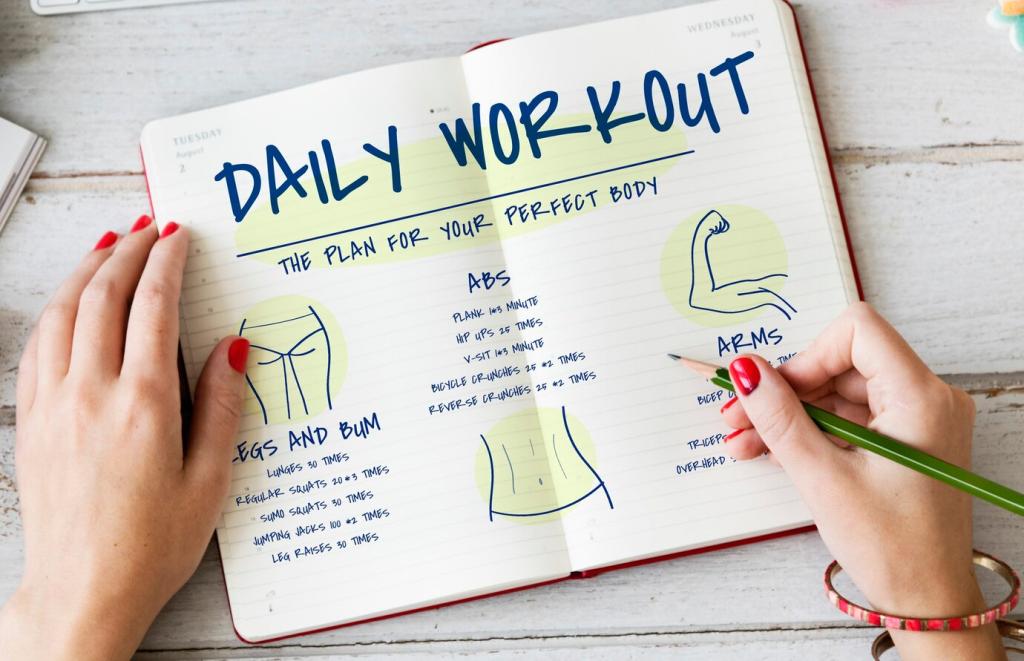Warm-Ups That Prime Strength and Mobility
Use leg swings, controlled articular rotations, and thoracic openers to increase temperature and joint awareness. Combine them with light hinge drills and ankle rocks so your first working sets feel crisp, stable, and ready to express strength through a safer, fuller range.
Warm-Ups That Prime Strength and Mobility
Glute bridges, banded external rotations, and wall slides tune stabilizers before heavy loads. When small muscles wake up, big movers stay honest. This reduces compensations, encouraging cleaner mechanics and a stronger mind-muscle connection that holds up under challenging sets.






